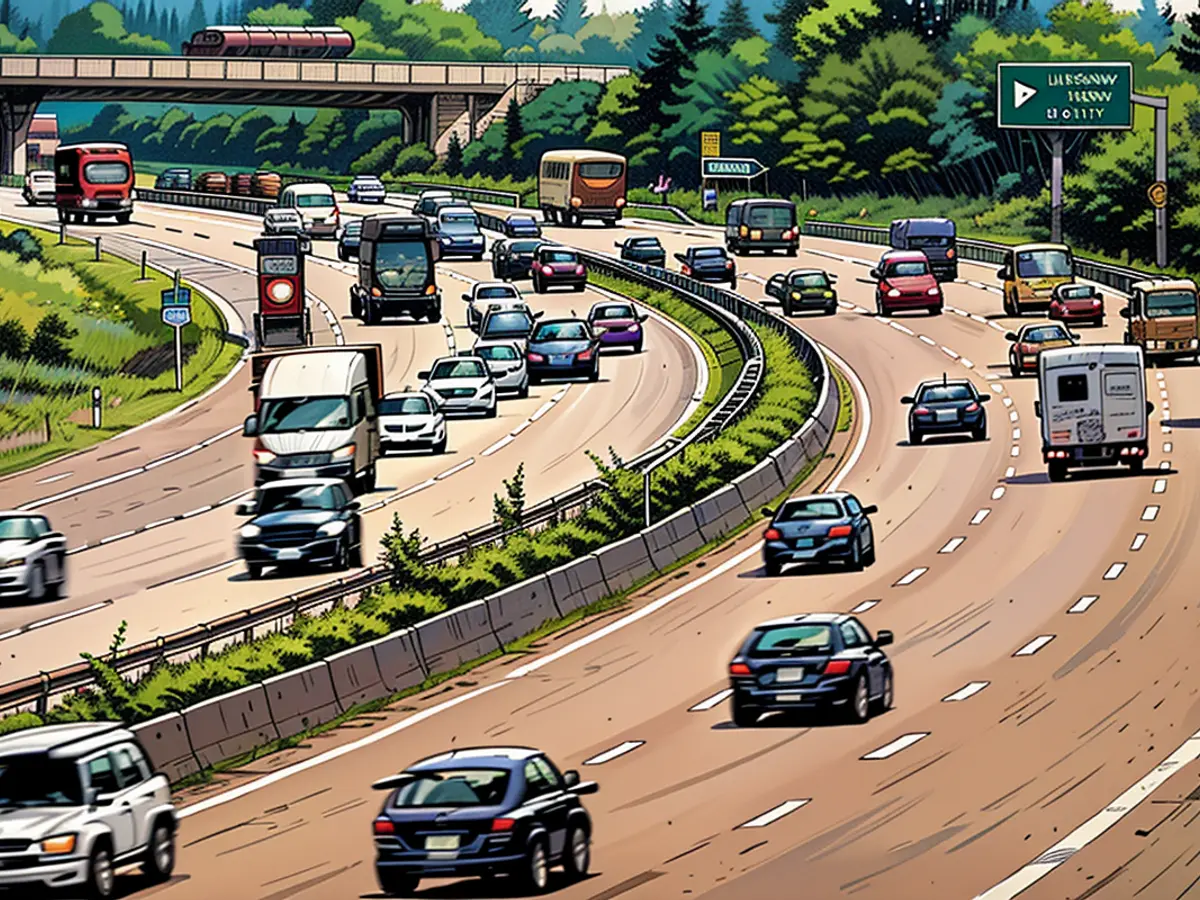Federal Motor Transport Authority - People in Germany are driving fewer and fewer kilometers by car
People in Germany drove less kilometers with their cars every year. The Kraftfahrt-Bundesamt (KBA) announced on Friday that they covered a total of 591 billion kilometers with passenger cars last year. This was the fifth consecutive decrease: there were 39 billion kilometers more in 2018. The total domestic transportation performance, which also includes other vehicles from motorcycles to buses and truck trailers, dropped to 709 billion kilometers. However, this was only the fourth consecutive decrease in this category.
The decrease in transportation performance was mainly due to the fact that the average car was driven less. On average, a German passenger car covered 12,320 kilometers last year, which was 150 kilometers less than the previous year and 1,791 kilometers less than in 2014. This decrease was enough to offset the increase in the number of vehicles.
Diesel cars cover the most kilometers
The average distance a car travels depends on several factors. For diesel cars, the average was 17,187 kilometers, for gasoline cars it was 9,580 kilometers. In the category of other vehicles, which includes electric cars, hybrids, and gas-powered vehicles, the average was 15,852 kilometers.
The age of the vehicle also makes a big difference: cars that were one to three years old were driven on average nearly 2,300 kilometers further than cars that were four to seven years old. With increasing vehicle age, the mileage decreases further. One reason for this could be that companies and service vehicles, which often cover long distances, usually have young cars.
On the other hand, the average annual mileage increases with increasing horsepower: cars with less than 60 PS cover less than 8,000 kilometers on average, while cars with more than 122 PS cover more than 14,900 kilometers. The KBA statistics do not contain own figures for higher power categories, although more than half of all cars in Germany now fall into the highest category.
The domestic transportation performance is calculated based on the kilometers recorded during the mandatory inspection.
The Federal Motor Transport Authority (KBA) regulates the use of vehicles in Germany. Despite the decrease in transportation performance, diesel cars in Germany still cover the most kilometers annually.









